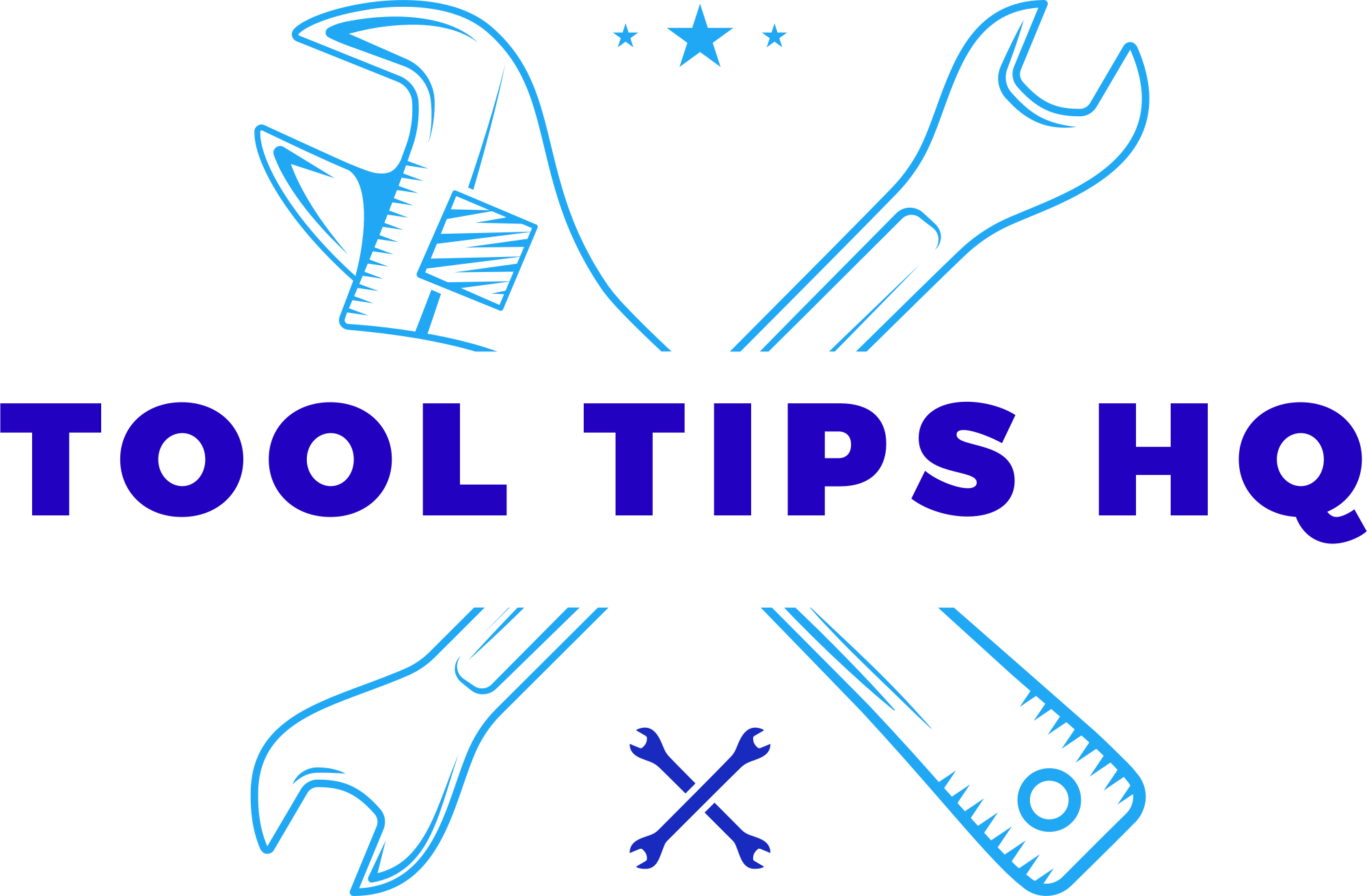When it comes to tackling projects around the house or in the workshop, having the right tools is only the beginning. Acme Tools, known for their quality and innovation, empower DIY enthusiasts and professionals alike to bring their visions to life. However, with great power comes great responsibility. Using these tools safely and effectively is paramount in ensuring not only the success of your endeavors but also the well-being of everyone involved. In this article, we’ll explore essential tips and best practices for navigating the world of Acme Tools, from understanding their features to implementing safety measures that will keep your projects running smoothly. Whether you’re a seasoned craftsman or just starting out, this guide will equip you with the knowledge you need to harness the full potential of Acme Tools while prioritizing safety every step of the way.
Understanding the Fundamentals of Acme Tools for Optimal Performance
To harness the full potential of Acme Tools, understanding their core features is essential. These tools are crafted with **high durability** and **user-centric design**, ensuring they perform efficiently in various applications. Familiarizing yourself with the specific functionalities of each tool can significantly enhance your workflow. Consider the following aspects:
- Material Quality: Recognizing the material composition can influence durability.
- User Interface: A clear user interface ensures easier navigation and operation.
- Safety Features: Built-in safety protocols help prevent accidents during use.
Furthermore, regular maintenance plays a critical role in maximizing performance. Simple practices, such as cleaning tools after each use and checking for wear and tear, can prolong the life of your equipment. Below is a quick guide to basic maintenance:
| Maintenance Task | Frequency |
|---|---|
| Clean after use | Every Use |
| Inspect for damage | Weekly |
| Sharpen blades | Monthly |

Essential Safety Practices to Protect Yourself and Your Workspace
Prioritizing safety while using tools is crucial to ensuring a productive work environment. Begin by familiarizing yourself with the manufacturer’s instructions and guidelines for each tool you intend to use. A well-structured workspace goes a long way in minimizing hazards. Always keep your area clean and organized—remove any clutter that could pose a tripping hazard and ensure that all tools are stored properly when not in use. Remember to wear appropriate personal protective equipment (PPE), such as gloves, goggles, and dust masks, tailored to the specific types of tools and tasks at hand.
In addition to physical safety measures, it’s essential to adopt good practices in tool handling. Always inspect your tools for signs of damage before use; this includes checking cords, blades, and other components. Create a routine to follow when operating power tools; for instance, always secure your workpiece before cutting and never bypass safety features. To reinforce these practices, consider creating a simple reference table that outlines key dos and don’ts for each tool type:
| Tool Type | Dos | Don’ts |
|---|---|---|
| Drills | Use clamps to secure the object | Don’t hold the object with your hand |
| Saws | Inspect blades before use | Don’t force the saw through the material |
| Sanders | Ensure proper ventilation | Don’t wear loose clothing |

Maximizing Efficiency: Techniques for Effective Tool Usage
To harness the power of Acme tools effectively, understanding their specific functionalities is paramount. **Proper training** is essential; take the time to go through manuals and attend workshops if available. This will not only enhance your skills but also ensure safety while operating the tools. Here are some techniques to consider for maximizing tool efficiency:
- **Familiarize yourself** with all the features: Knowing what each component does can save time and increase productivity.
- **Routine maintenance**: Regularly check your tools for wear and tear to prevent unexpected failures during crucial tasks.
- **Organize your workspace**: A clutter-free environment promotes focus and reduces the risk of accidents.
Additionally, implementing a systematic approach when using each tool can greatly enhance workflow. Establish a **checklist** for each task to ensure that all necessary tools are at hand and prepared for use. This can be structured as follows:
| Tool | Purpose | Safety Tip |
|---|---|---|
| Hammer | Driving nails into wood | Always wear eye protection |
| Screwdriver | Fastening screws | Use the right type and size |
| Drill | Creating holes | Secure material before drilling |
By adopting these practices, you not only optimize the usage of Acme tools but also create a safer working environment. The combination of proper handling techniques and a well-organized workspace paves the way for increased productivity and job satisfaction.

Maintenance and Care Tips for Long-lasting Acme Tool Functionality
To ensure the **longevity** and **optimal performance** of your Acme Tools, regular maintenance is key. Start by **cleaning** your tools after each use to remove dust, dirt, and any debris that could interfere with their functionality. Use a soft cloth for metal components and be sure to oil any moving parts with a light machine oil to prevent rust and maintain smooth operation. Additionally, always check for **loose parts or screws** before storing your tools, as a minor issue could lead to significant problems if left unattended.
Another essential aspect of tool care involves **proper storage**. Store your Acme Tools in a cool, dry place to protect them from moisture, which can cause deterioration and rust. Utilizing toolboxes or pegboards not only keeps your workspace organized but also helps prevent accidental damage. Consider creating a **maintenance schedule** to keep track of when your tools need to be checked, cleaned, or serviced. Here’s a simple maintenance checklist you can follow:
| Task | Frequency |
|---|---|
| Clean tools | After each use |
| Oil moving parts | Monthly |
| Check for loose parts | Before each use |
| Inspect for wear and tear | Quarterly |
| Proper storage | Always |
Q&A
### Q&A: How to Use Acme Tools Safely and Effectively
**Q1: What are Acme Tools, and what types of projects are they typically used for?**
**A1:** Acme Tools are a brand of high-quality tools designed for both professional contractors and DIY enthusiasts. They encompass a wide range of products, including power tools, hand tools, and accessories. Whether you’re renovating your home, tackling a woodworking project, or completing yard work, Acme Tools can help you achieve precise and efficient results.
—
**Q2: What safety precautions should I take before using Acme Tools?**
**A2:** Safety is paramount when using any tools. Before you begin, ensure you are wearing appropriate personal protective equipment (PPE) such as safety glasses, gloves, and ear protection, if necessary. Review the user manual for each tool, familiarize yourself with the controls, and inspect the tool for any damage or wear. Additionally, maintain a clean workspace to minimize hazards.
—
**Q3: How can I enhance my effectiveness while using Acme Tools?**
**A3:** To maximize effectiveness, proper setup is essential. Begin by selecting the right tool for your project and attaching the appropriate accessories. Organize your workspace to have all materials and tools within reach, reducing unnecessary movement. Plan your project steps in advance to streamline the process and ensure precision at every stage, leading to better results.
—
**Q4: Are there specific maintenance tips to keep my Acme Tools in good working condition?**
**A4:** Yes! Regular maintenance is crucial for the longevity and performance of your Acme Tools. Clean the tools after each use to prevent build-up of debris. Check and tighten any loose screws or fittings, and replace worn-out parts as needed. For power tools, ensure the cords and plugs are in good condition and store them in a dry place to prevent moisture damage.
—
**Q5: What should I do if I feel unsure about using a specific Acme Tool?**
**A5:** If you’re uncertain about using a particular tool, don’t hesitate to seek guidance. Consult the user manual for detailed instructions, or watch instructional videos for visual demonstrations. Additionally, consider reaching out to professionals or experienced friends who can provide hands-on training. Safety comes first, so take your time to fully understand the tool before attempting to use it.
—
**Q6: How can I stay updated on the best practices for using my Acme Tools?**
**A6:** Staying informed is key to safe and effective tool usage. Explore the Acme Tools website for updates on new tools, accessories, safety guidelines, and usage tutorials. Engage with online communities and forums where other users share their experiences and tips. Attending workshops or local DIY classes can also enhance your knowledge and skills.
—
**Q7: Are there any common mistakes to avoid when using Acme Tools?**
**A7:** Absolutely! Some common mistakes include rushing through projects, using the wrong tool for the job, neglecting safety precautions, and failing to read the instructions. It’s important to respect the capabilities and limitations of your tools. Take your time, focus on quality, and always prioritize safety to prevent accidents or damage.
—
With these guidelines, you’ll be well-equipped to navigate your projects with Acme Tools. Remember, a good craftsman is just as safe as they are skilled!
Insights and Conclusions
As we conclude our exploration of using Acme Tools safely and effectively, remember that mastery is built on knowledge and practice. Embracing the proper techniques not only safeguards your well-being but also enhances your efficiency and enjoyment in every project. Whether you’re a seasoned professional or a budding DIY enthusiast, the commitment to safety and skillful use of tools paves the way for successful outcomes and peace of mind. So, as you gear up for your next endeavor, keep these principles at the forefront of your mind, and let your creativity thrive without compromise. Happy crafting, building, and creating—with the right tools, the possibilities are endless!

